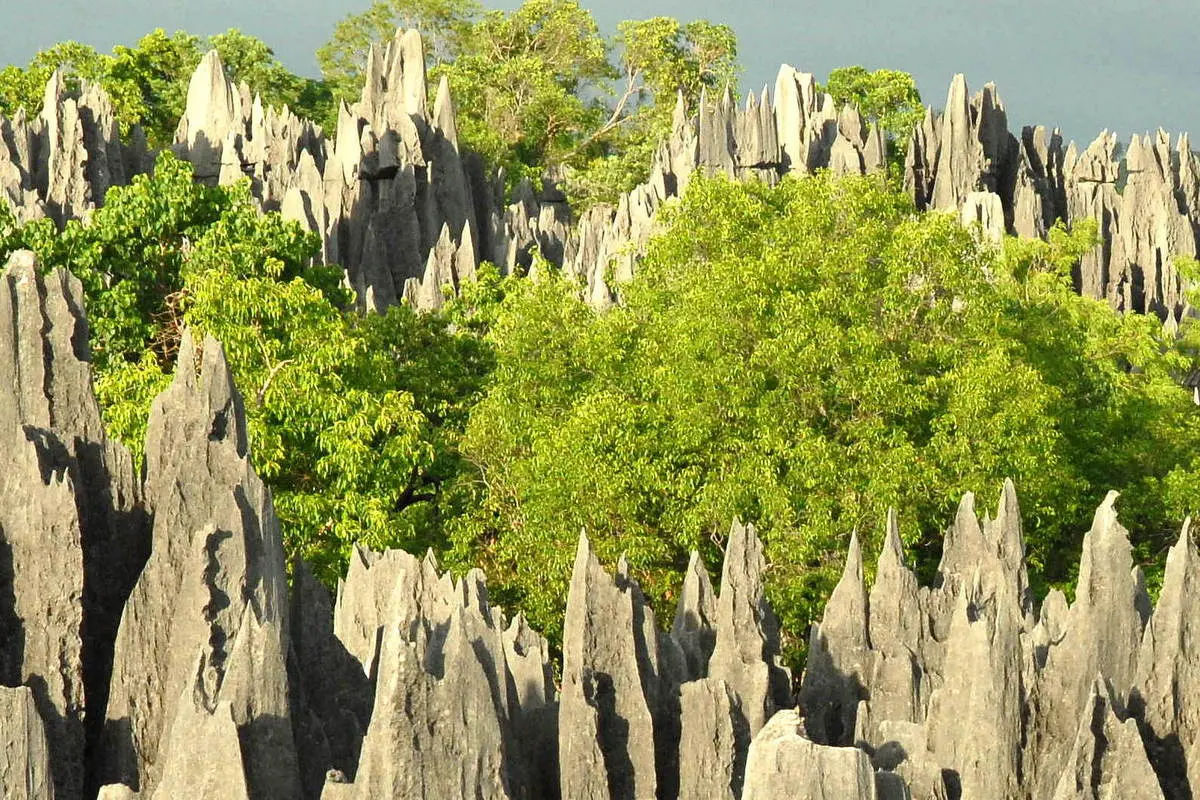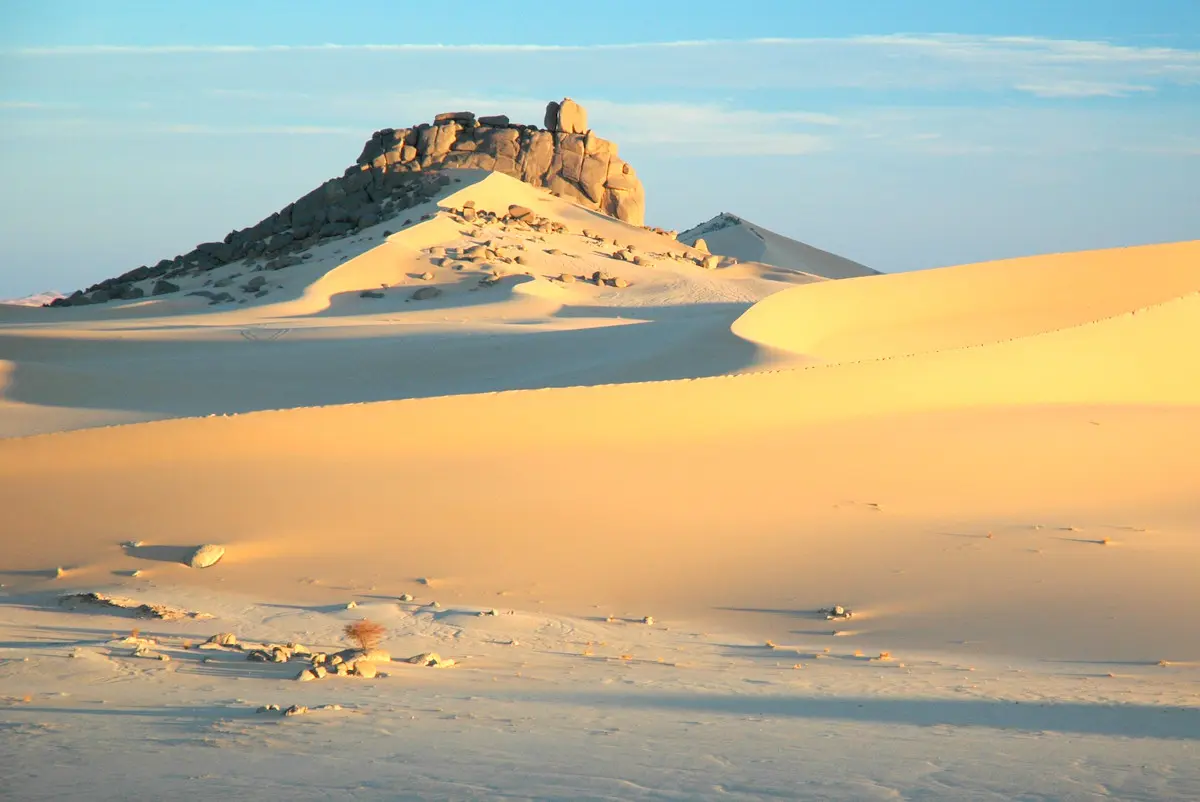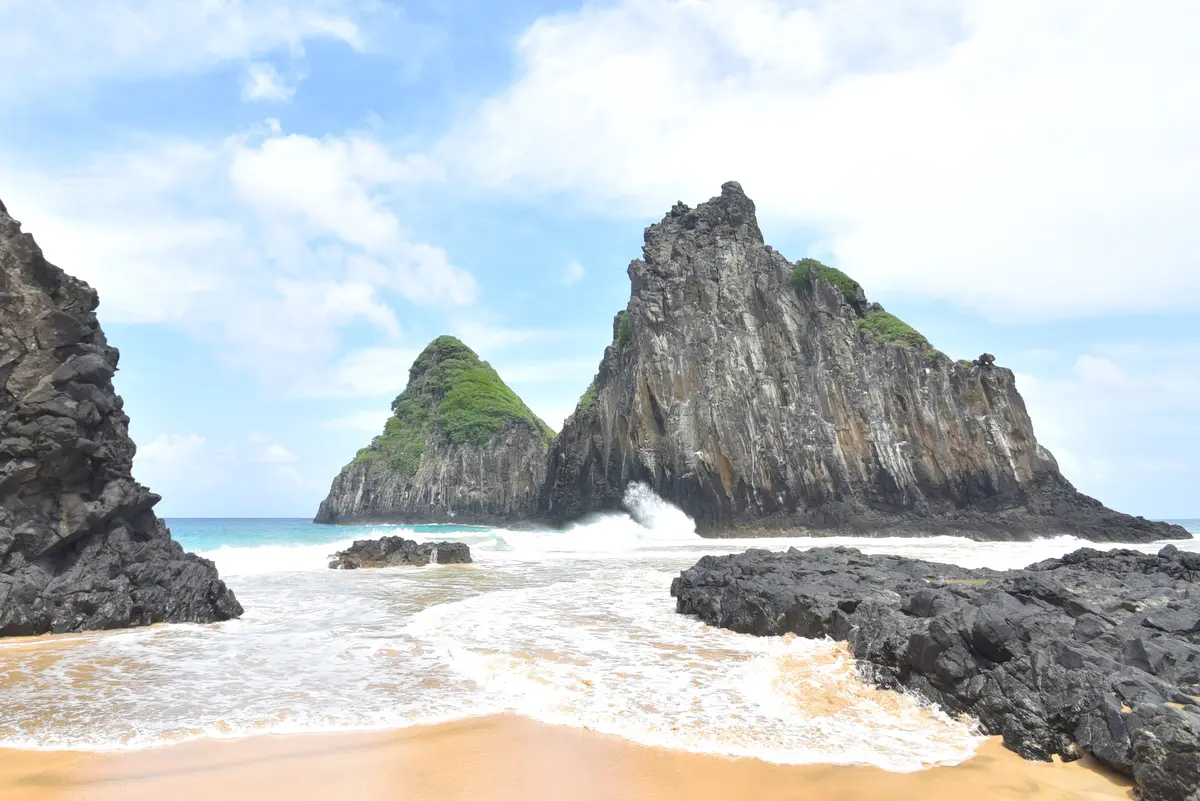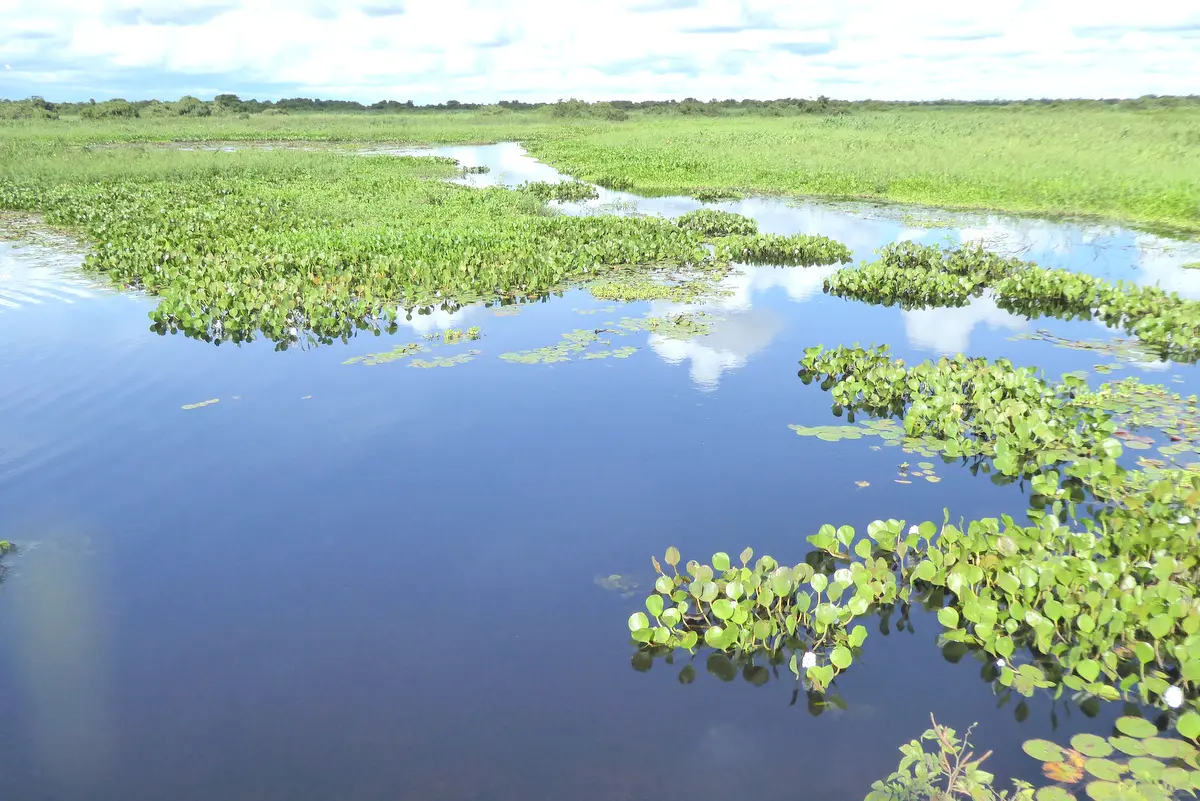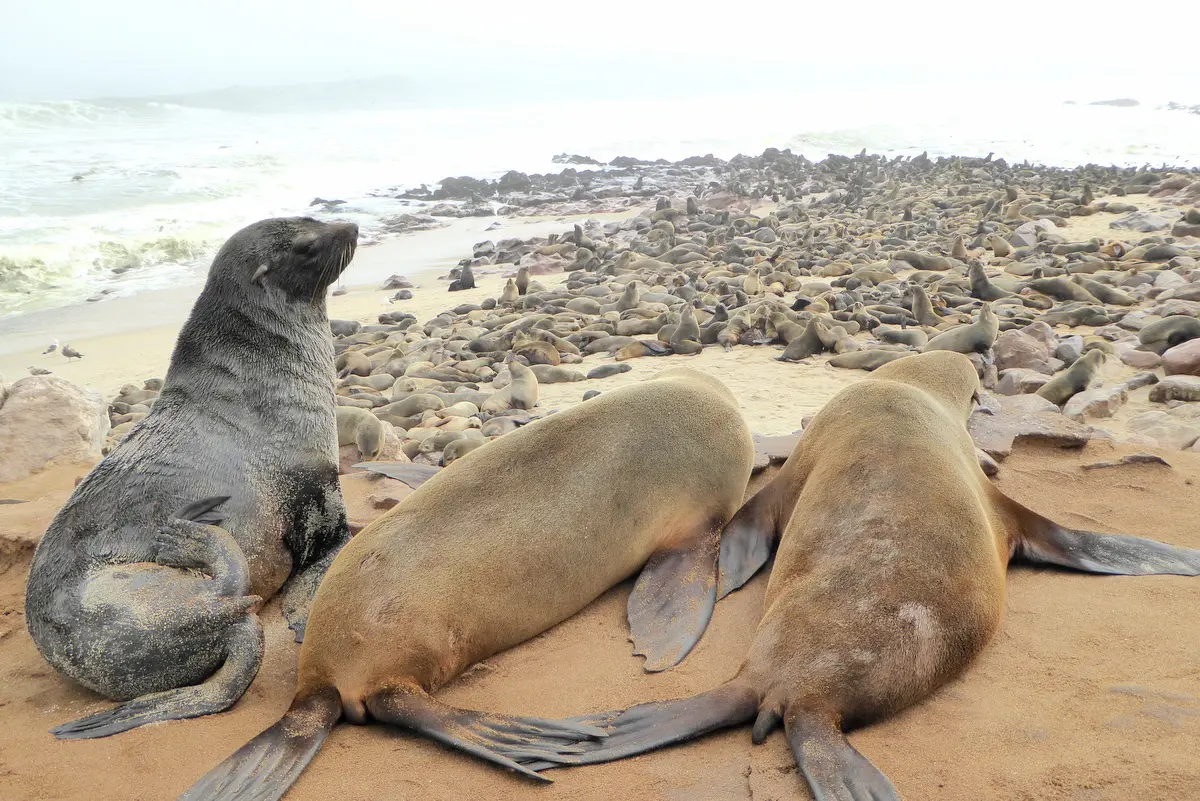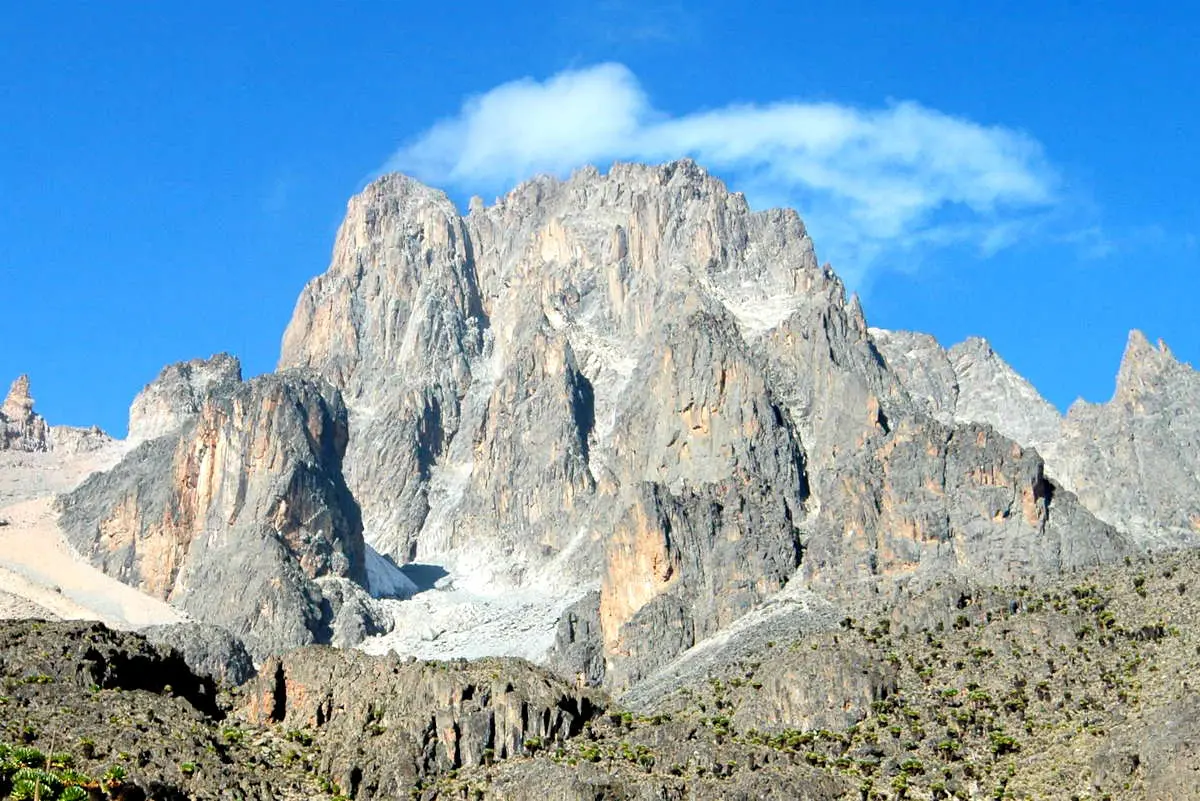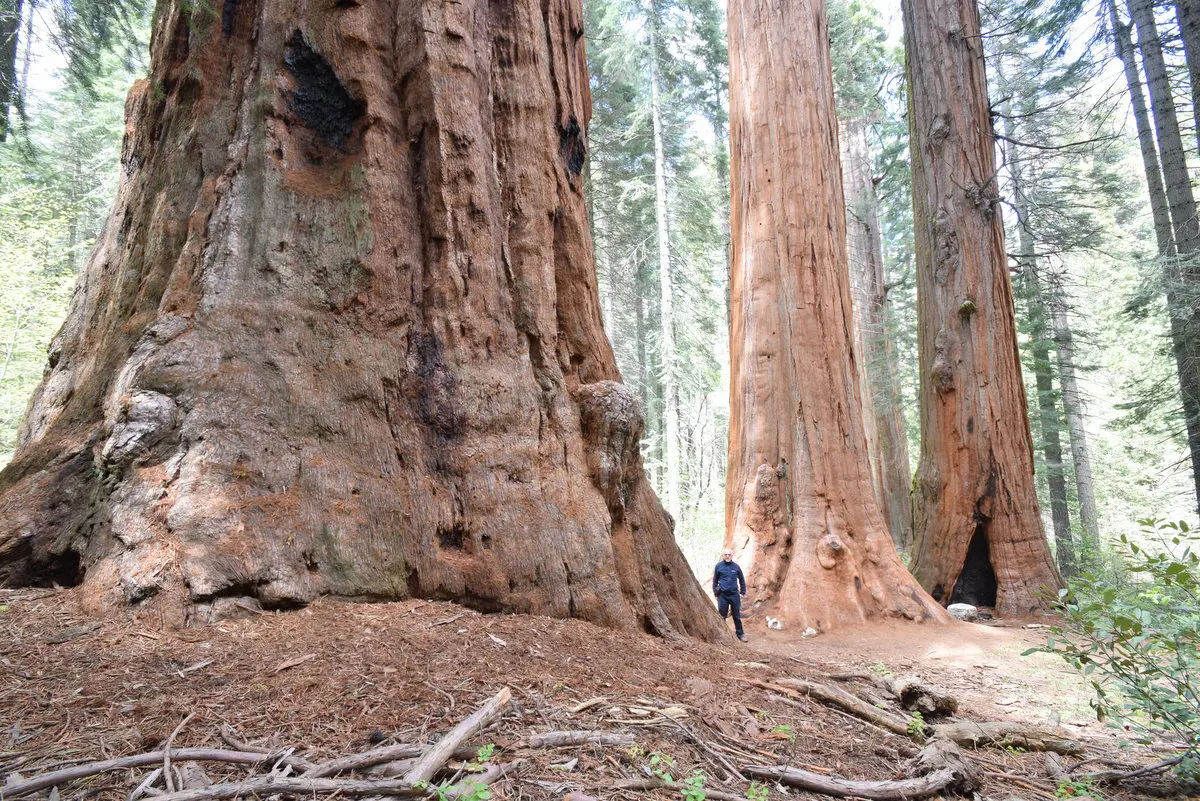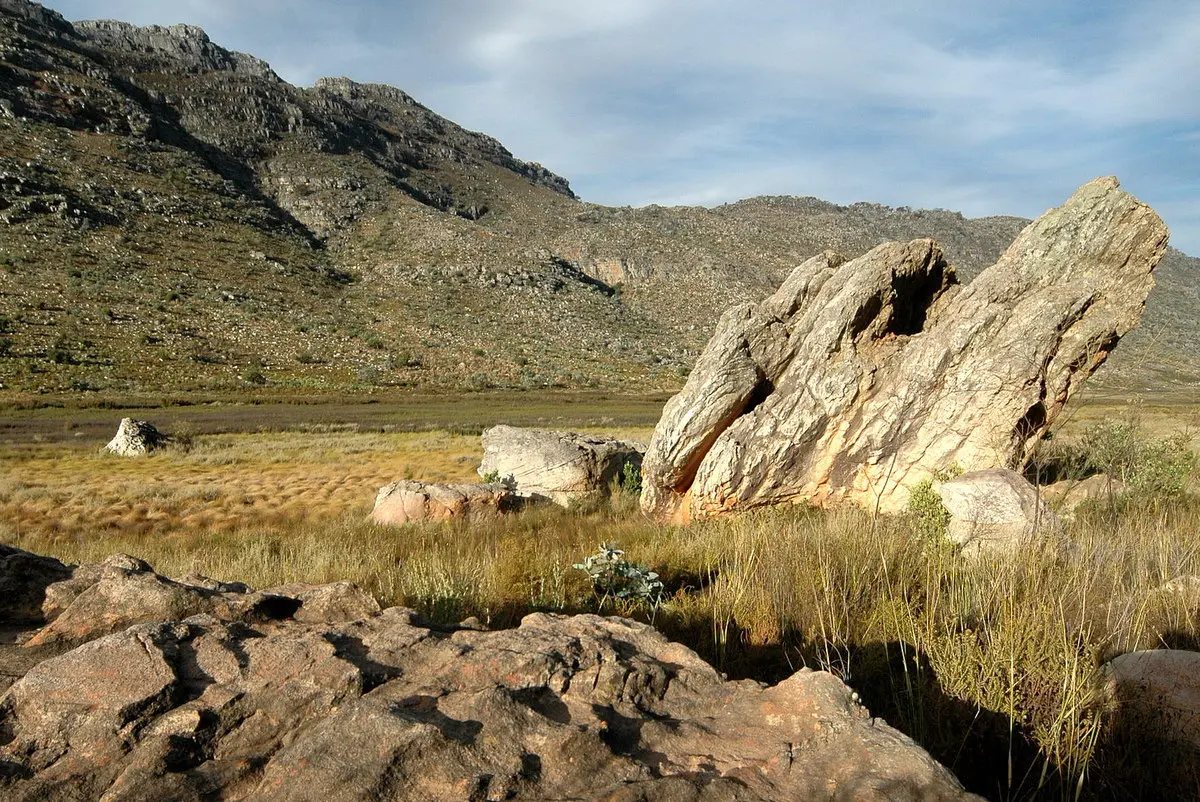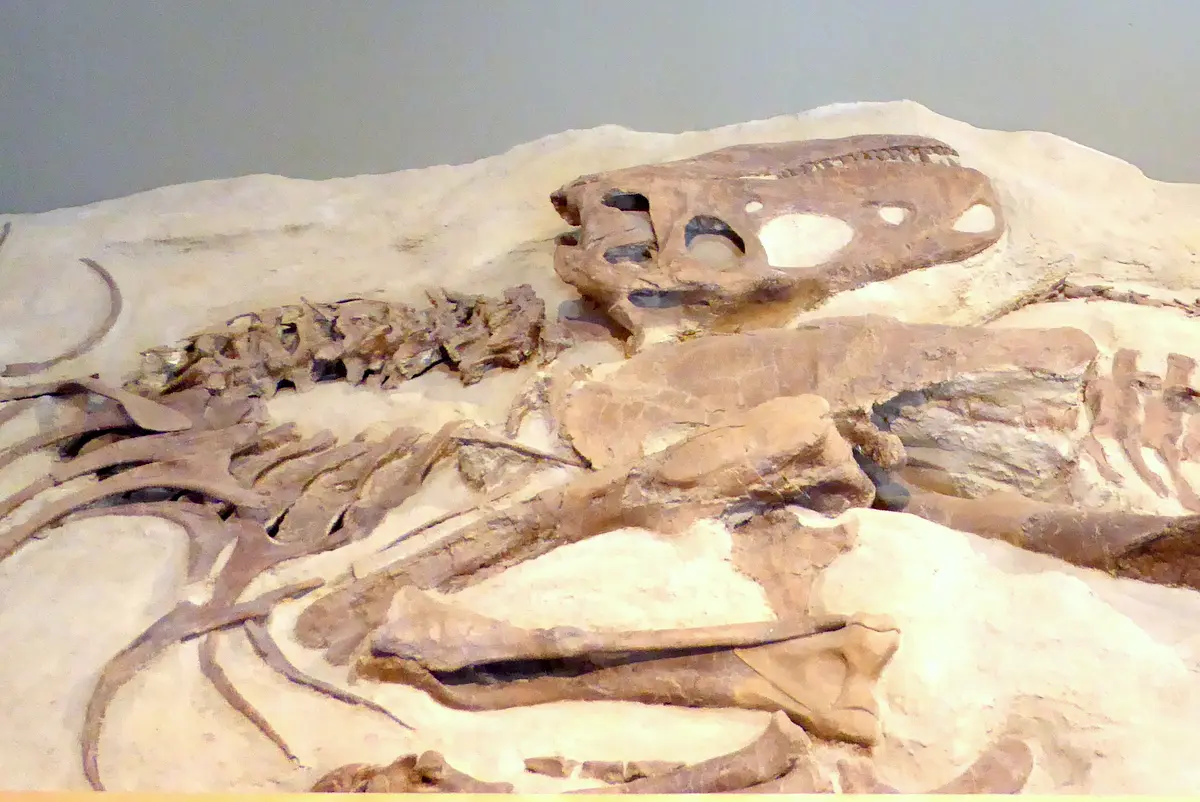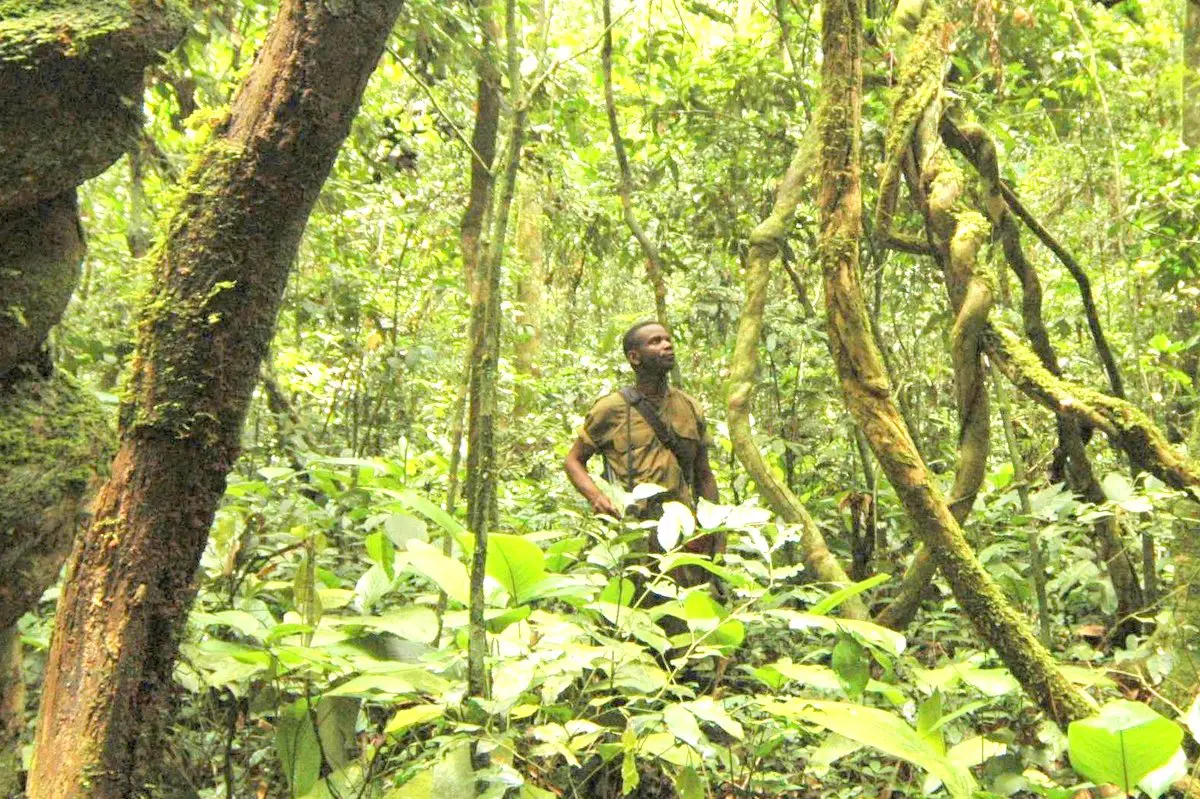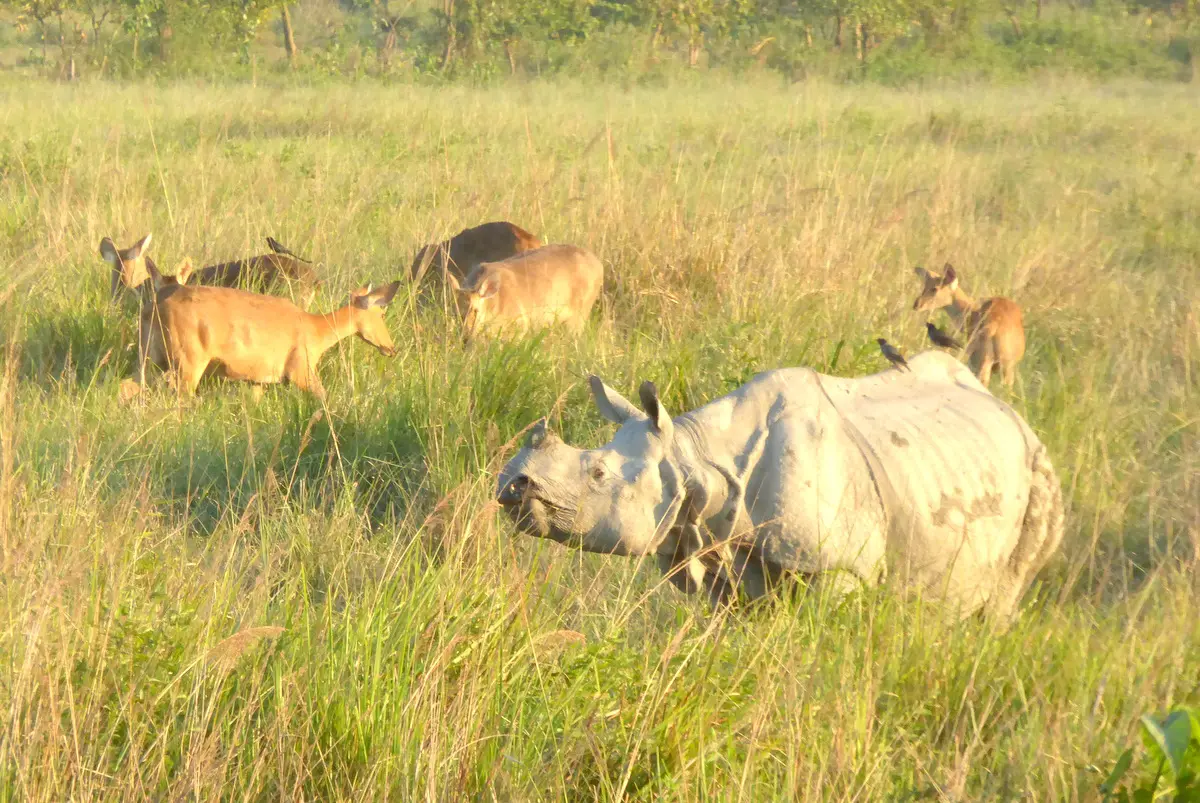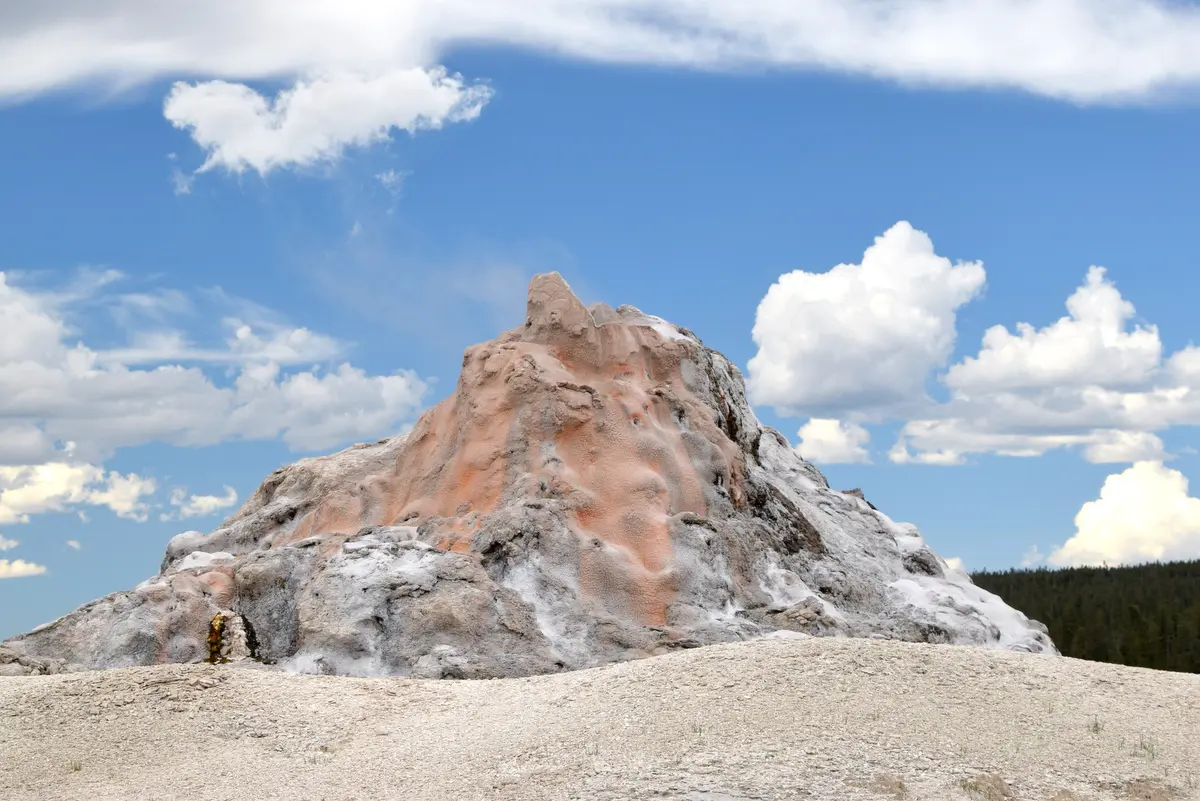Islands are special places from a biological viewpoint, as they are often inhabited by unique plant and animal species, and serve as crucial ‘staging posts’ and breeding colonies for marine mammals and birds. So it is not surprising that the number of islands on the world heritage list is so large, with 34 sites considered in this category. In addition, many of the sites in the ‘marine and coastal’ category include islands, but the emphasis here is on the island’s terrestrial environments.
The Galapagos Islands most famously served to consolidate Charles Darwin’s ideas on evolution, and most islands and island archipelagos have their own evolutionary story to tell. Recently, biologists have developed island biogeographic theory to explain the diversity and unique character of island faunas and floras: the number of species of terrestrial plants and animals that can colonise an island successfully depends on its proximity to ‘parent populations’ of those species and the suitability and stability of the island environment to allow colonisers to live and prosper. Over time, successful colonisers adapt to their new island environment and may evolve into completely new species.
The sites in this category include islands of different types, some attached to a major continental shelf (in which case they are known as continental islands), while others are found in remote parts of the open ocean. Oceanic Islands are normally of volcanic origin, and notable examples of this type on the world heritage list include Hawaii, the Galapagos, the Heard and MacDonald Islands in the south Indian Ocean, Reunion, Henderson Island and the remote South Atlantic Gough and Inaccessible Islands. Surtsey is a new island formed by volcanic eruptions from 1963-1967 which has been protected since its creation and serves as a pristine ‘natural laboratory’ for the study of biological colonisation. One of the few examples of an oceanic island that is not of volcanic origin is Australia’s Macquarie Island where movement of tectonic plates has lifted up the ocean floor.
The most extraordinary sites biologically are those on ‘micro-continental’ islands derived from ancient rifting of a continental land mass such as those on Madagascar (Rainforests of the Atsinanana, Tsingy de Bemaraha), New Zealand (Te Wahipounamu), Socotra and parts of the Seychelles (Vallee de Mai). The world’s second largest island (New Guinea) was part of the Australian continent and Indonesia’s Lorentz National Park protects an extraordinarily diverse, endemic biota. On all these islands most species of flora and fauna are derived from ancient types that occupied the area before they became isolated and evolutionary pressures have subsequently resulted in many unique endemic types.
‘To learn more about these spectacular places click on the links of featured sites in the table, or the photo tiles below. Note that some site pages are still under development so the links for these places are not yet active.’
Threats and conservation needs: Plants and animals that have evolved on islands are particularly vulnerable to the effects of invasive alien species, many of which were deliberately introduced to these island habitats by people, or arrived as accidental ‘hitch-hikers’ on ships. Dogs, cats, rats and other predators have had devastating impacts on many island faunas, while introduced plants can quickly overwhelm native flora.



